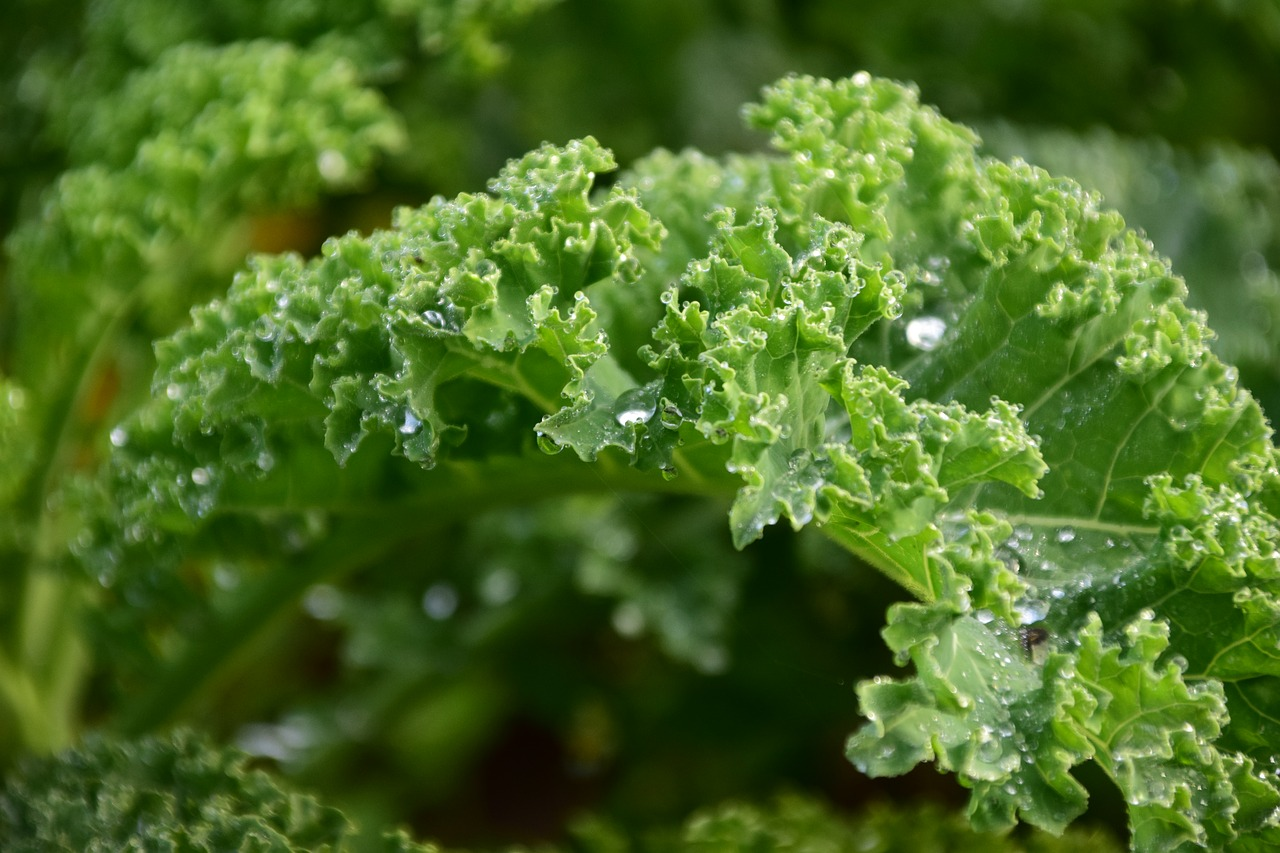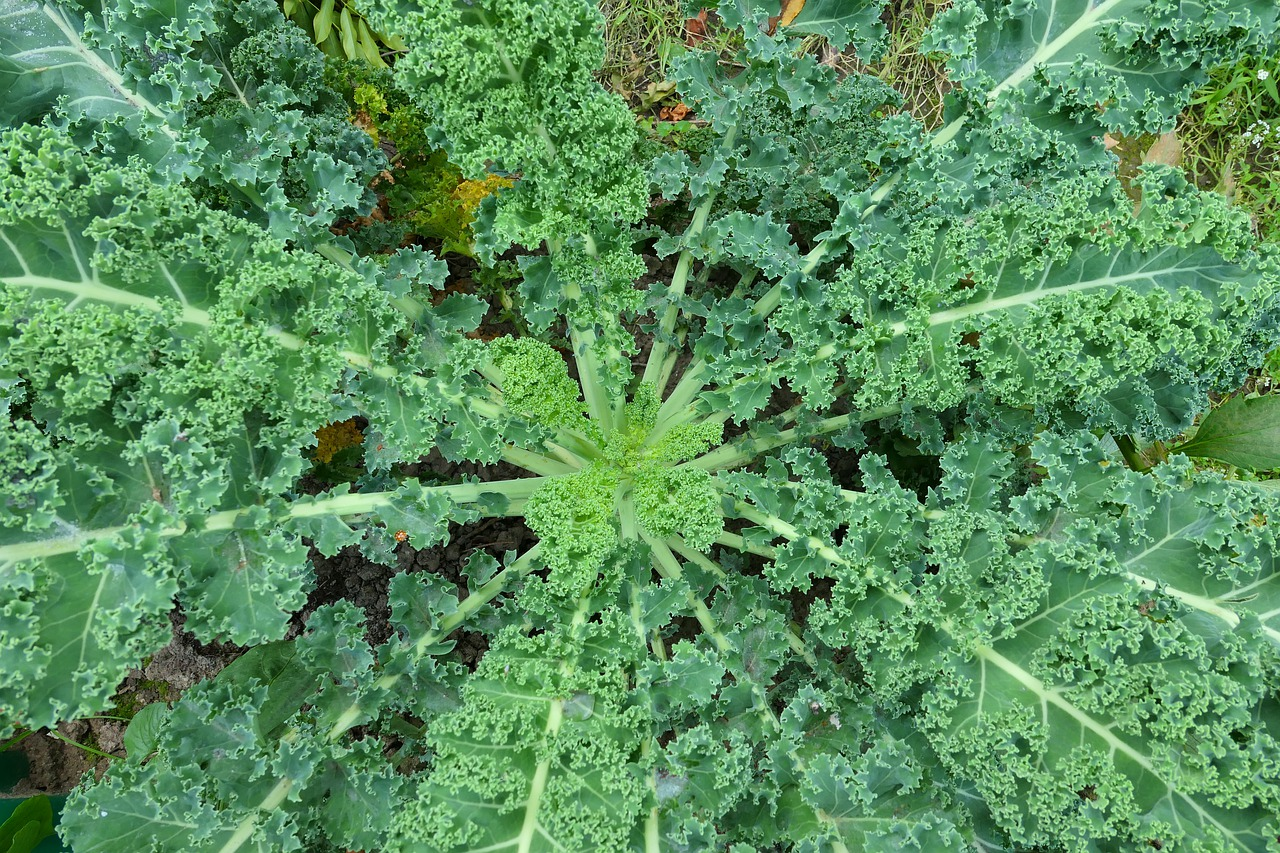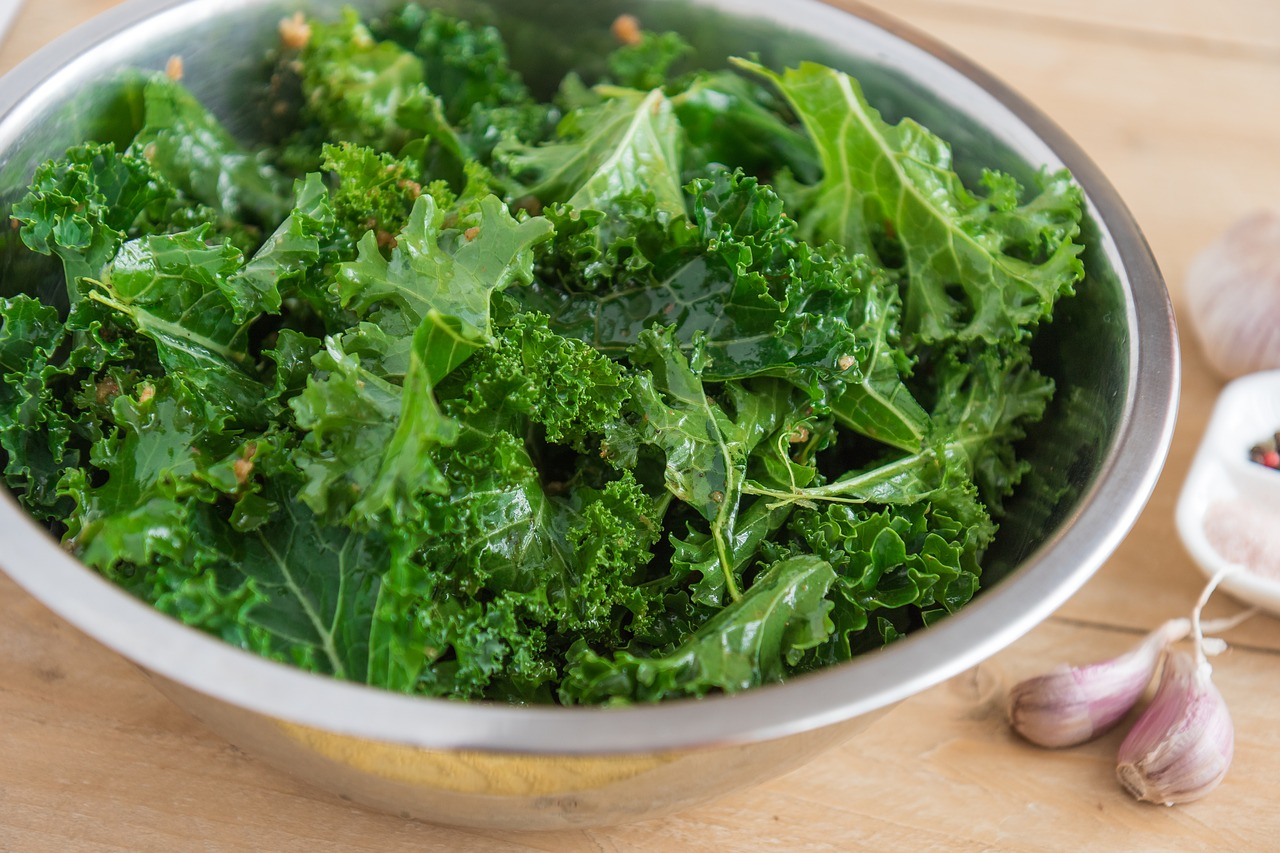Planting kale
It could hardly be healthier!
Kale contains a lot of fiber and has a higher protein content than other types of cabbage. It also contains a lot of iron and the minerals potassium and calcium. It provides almost all the B vitamins, vitamins E and C, as well as provitamin A. Due to its high protein and iron content, kale is a great addition to a complete diet, especially for vegetarians and vegans.
Sowing & planting kale

You can pre-grow your seedlings from mid-May to June in small pots, preferably outside. Prepare the planting hole in the bed well with compost or rotted manure. Then plant the kale 40 x 50 cm/15.7 x 19.7 in apart from June to the beginning of August. Plant the young plants a few centimetres deeper into the soil than they were in the pot - this will make them more stable.
Mixed culture with kale

Good neighbors are tomatoes, beans, endive, lettuce, lettuce, peas, potatoes, leeks, chard, beet, celery, spinach and radicchio. Herbs such as mugwort, dill, camomile, coriander, caraway and peppermint are also suitable. Bad neighbors are strawberries, garlic, onions and mustard. In general, you should avoid other cruciferous plants (e.g. radishes, radishes, other types of cabbage) as neighbors to prevent pests such as cabbage hernia!
Caring for kale

Like all cabbage varieties, kale needs even soil moisture. So make sure you water regularly, especially in midsummer, and mulch can also help to keep the soil moist. If your kale grows tall, you should mound it up to increase stability. During the main growing season, you can fertilize with a little compost tea every two weeks.
Harvesting kale

The longer your kale is exposed to winter temperatures, the sweeter and milder its taste will be. So don't harvest it until after the first frosts! The harvest period lasts throughout the winter and into spring. In general, the outer leaves of kale are harvested first. So that the kale can continue to grow in mild weather, you should leave the stalk and the heart.
ulleo on pixabay
